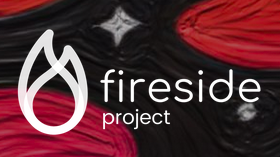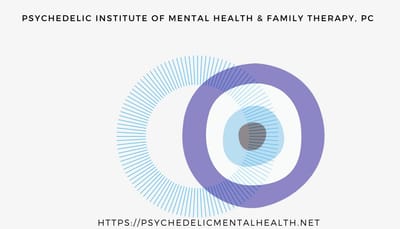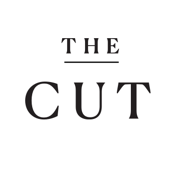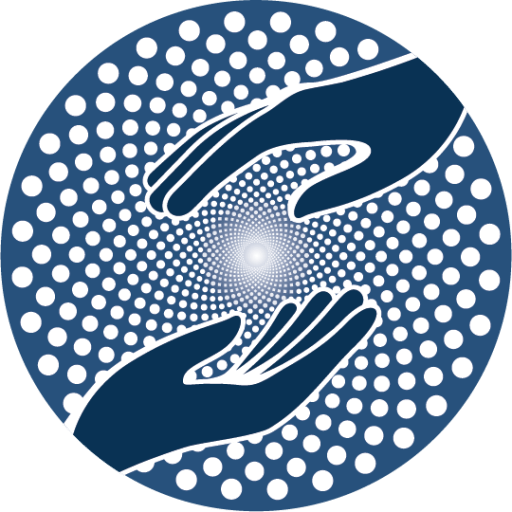Psychedelic-Assisted Psychotherapy

Psychedelic-assisted psychotherapy is an experiential type of therapy which prepares, and supports the psychedelic experience as something meaningful to your ongoing mental health and well-being.
Cultures and communities around the world support the psychedelic experience through what Westerners generally call shamanic practices, although many of these healers would not use that label. In Western medicine, the support for this type of medicine work has been studied and practiced in conjunction with specially trained psychotherapists.
Research spanning more than 100 years suggests that medicines that elicit the psychedelic experience may have an ongoing positive psychological benefit. Psychedelic-assisted therapy is currently being shown in studies to improve some chronic and persistent mental health issues including anxiety, treatment-resistant depression, post traumatic stress disorder (PTSD), and end-of-life / death anxiety in people with chronic and/or terminal illnesses, chemical dependency issues and eating disorders.
“We can’t start history of psychedelics in the ‘60s in the Americas; that needs to stop. We [indigenous people] used this medicine before Jesus Christ walked this Earth.”
– Lisa M. Macias Red Bear, Injustice, Intersectional Trauma, and Psychedelics, 2017
OREGON PSILOCYBIN SERVICES ARE NOT MENTAL HEALTH TREATMENT
Special service centers in Oregon offer minimal support at various dosing ranging upwards of $3500 per session. These centers are not considered “psychedelic-assisted psychotherapy” or treatment for mental health conditions.
CLINICAL TRIALS THAT INCLUDE PSYCHEDELIC MEDICINES ARE NOT MENTAL HEALTH TREATMENTS, THEY ARE SCIENTIFIC STUDIES HTTPS://CLINICALTRIALS.GOV/
WHILE THE INSTITUTE CAN HELP YOU PREPARE AND INTEGRATE YOUR PERSONAL MEDICINE EXPERIENCES, WE CANNOT RECOMMEND OR ADMINISTER ANY MEDICINES OR COMPOUNDS.
“psychedelics reduce the weight of held beliefs and increase the weight of incoming sensory input, allowing the beliefs to be more readily changed by the new sensory information”
— Carhart-Harris & Friston 2019 – REBUS and the Anarchic Brain
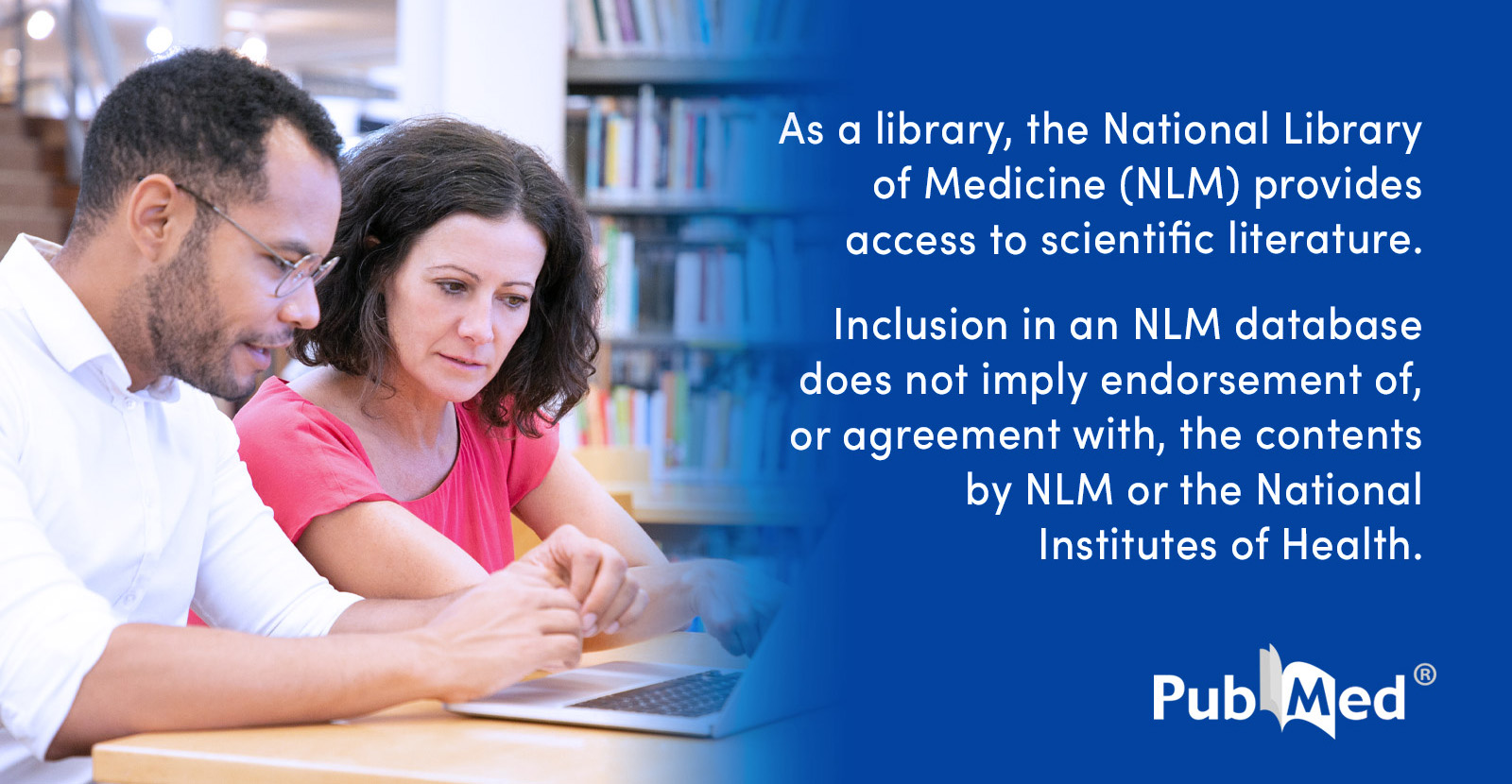
(2025) Posttraumatic stress disorder (PTSD) is a severe, often difficult-to-treat condition, highlighting the need for innovative therapies. Interventional treatments, including neuromodulation, rapid-acting pharmacotherapies such as intravenous ketamine (IV-KET) and esketamine (ESK), and emerging psychedelic-assisted psychotherapies, offer promising solutions. This systematic review evaluates the efficacy, safety, and future research priorities of these treatments for PTSD.
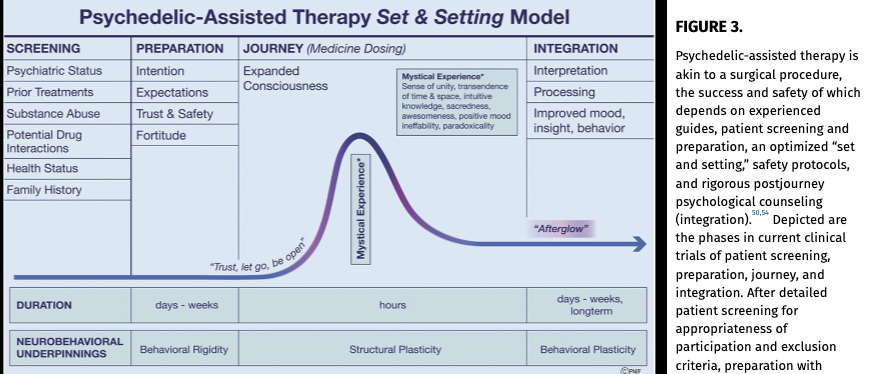
PAIRING PSYCHEDELIC EXPERIENCES WITH COGNITIVE BEHAVIORAL THERAPY
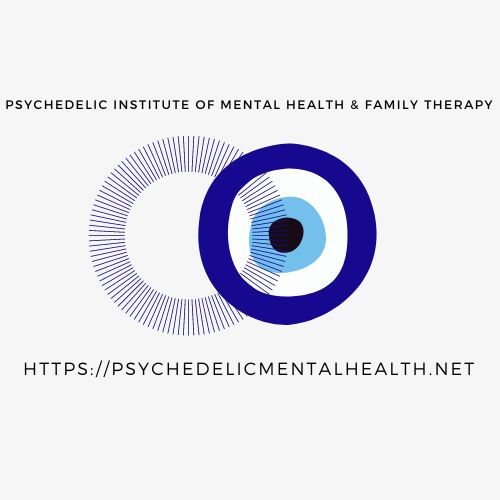
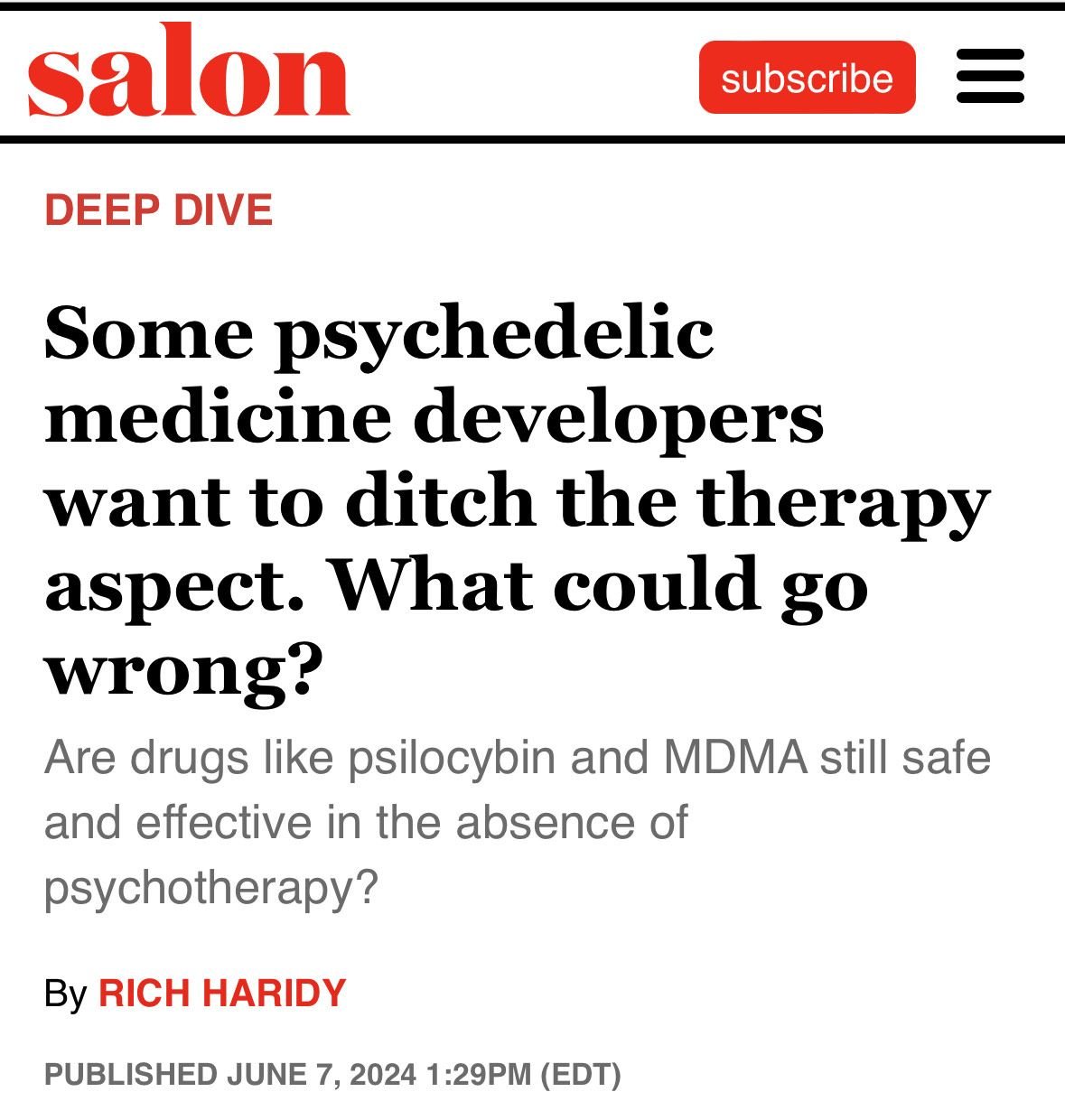
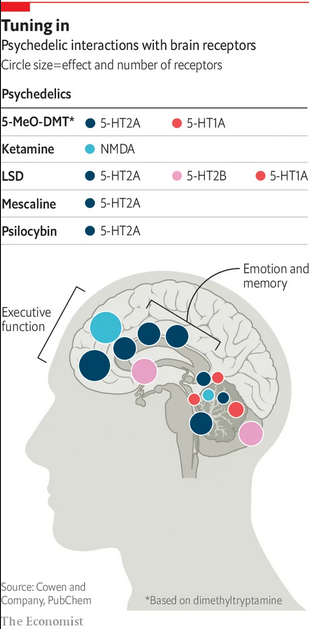
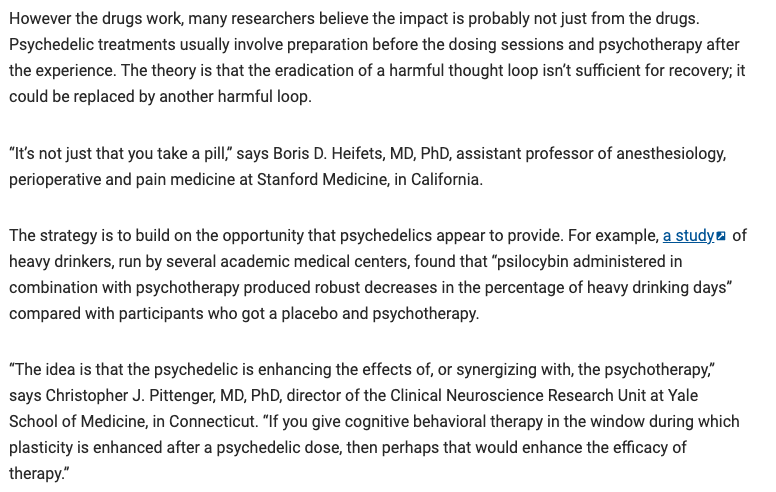

“We want for there to be greater knowledge of these ancestral plant medicine practices so that they do not become forgotten, and we believe that they are not the exclusive domain of anyone,” says Lu. “Yet, with availability and education, we also do not want for them to become so widespread that their origins are forgotten, taken for granted, or culturally appropriated.”
PSYCHEDELIC INTEGRATION THROUGH PSYCHOTHERAPY
Integration in psychotherapy is bearing witness and making meaning that lasts beyond the ayahuasca ceremony, magic mushroom velada, religious experience, meditation retreat, dream work, sexual ecstatic experience, or k-hole. These experiences may sometimes be considered mystical experiences or transpersonal experiences. A mind-body approach like cognitive behavioral therapy offers a framework to these experiences to become something beneficial in your life.
In this approach, your guide is not there to interpret your experience, but to help you apply what is helpful as your experience continues to unfold. You’re not done once the acute medicine administration is over. Integration within a bio-psycho-socio-spiritual framework of psychotherapy aims to help people maintain a sense of self-actualization that may result from transcendent experiences. Integration is what you DO with this mind-body approach called cognitive behavioral therapy once you’ve learned how to think about your thinking. Integration is learning to come to a deep understanding from within, what rational emotive behavior therapy (REBT) calls a radical philosophical shift, and what Maslow called “peak experiences”.
Psychotherapy is useful with or without psychedelics. The goal of integration is the same- to bear witness and feel safe, seen and heard, and to make meaning that leads to lasting improved overall quality of life. In cognitive behavioral therapy, this is done by learning how to think and correct the types of thinking that lead to ongoing mental illness and its effects on pain in the body, and physiological changes in the brain.
Integration may start with support from a mental health provider and be maintained by support in a variety of mind, body and/or philosophical/spiritual approaches for ongoing mental health practice at home as discussed with your licensed mental health provider.
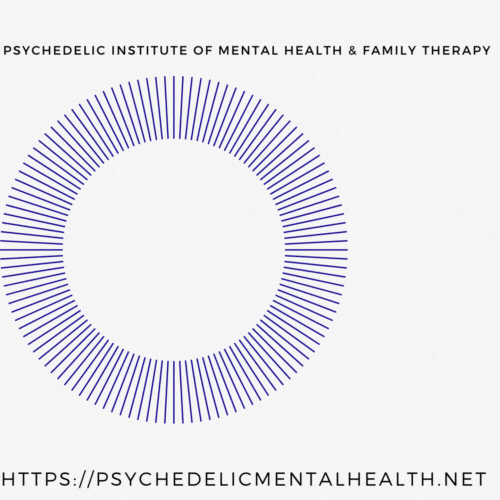
ADDITIONAL READINGS, NEWS, RESEARCH, AND RESOURCES


Preliminary evidence demonstrates that Ketamine-Assisted Psychotherapy (KAP) can significantly improve depression, demoralization and existential distress in seriously ill people. We will discuss: 1. the history and science of psychedelics; 2. ketamine pharmacology, and KAP indications and delivery models; 3. putative KAP mechanisms of action; and 4. examples of KAP program development, including making the case, potential obstacles, and creative solutions.

Relatively few pharmacologic agents are proven safe and effective in adults with TRD. NNT estimates for investigational psilocybin and esketamine in TRD indicate clinical meaningfulness. The NNH profile for both aforementioned agents is clinically acceptable. Our results underscore the clinical relevance of these treatment options in adults with TRD.

NUMBER NEEDED TO TREAT (NNT) FOR KETAMINE AND ESKETAMINE IN ADULTS WITH TREATMENT-RESISTANT DEPRESSION: A SYSTEMATIC REVIEW AND META-ANALYSIS (KWAN, ET AL, 2024)
A low number to treat and a high number to harm suggests efficacy and safety of racemic ketamine and esketamine across thousands of clients. It takes not very many ketamine treatments to help, and a large number of treatments to statiscally help and harm, also indicating a range of safe repeated dosing.
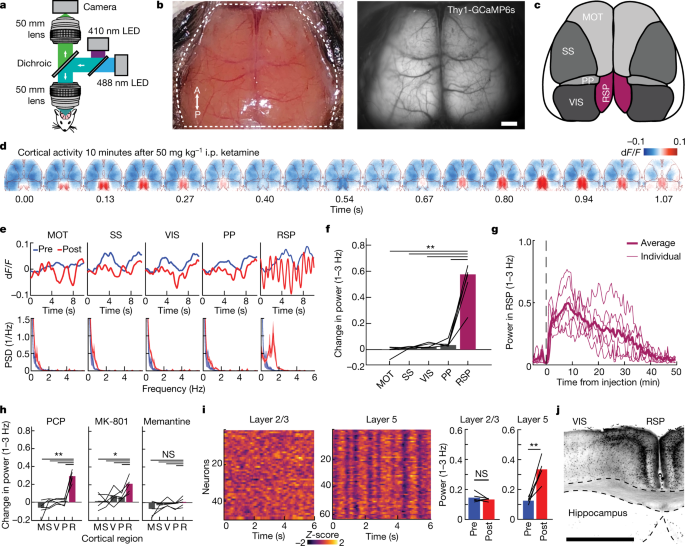
DEEP POSTEROMEDIAL CORTICAL RHYTHM IN DISSOCIATION (2020) Dissociation in human beings is a self-reported state of mind, and no experimental technique in rodents or in humans can currently define this subjective experience in full. However, the clinically guided paradigm reported here could provide a framework of behavioural, optical and physiological tools to enable exploration of the neural activity that underlies dissociative states (Vesuna, et al, 2019).
KETAMINE IN NEUROPSYCHIATRIC DISORDERS: AN UPDATE (JOHNSTON, ET AL, 2023)
Considerable clinical research supports the use of—or further research with—subanesthetic-dose ketamine and its (S)-enantiomer esketamine in multiple neuropsychiatric disorders including depression, bipolar disorder, anxiety spectrum disorders, substance use disorders, and eating disorders, as well as for the management of chronic pain.

DEVELOPMENT AND PSYCHOMETRIC VALIDATION OF A NOVEL SCALE FOR MEASURING ‘PSYCHEDELIC PREPAREDNESS’ Significant differences between those scoring high and low (on psychedelic preparedness) before the psychedelic experience were found on measures of mental health/wellbeing outcomes assessed after the experience, suggesting that the scale has predictive utility.

While the neural underpinnings remain to be clarified, the psychedelic-induced state seems to allow one to recollect and process deep autobiographical information, achieve new understandings of one's self and relationships with others, and gain greater appreciation of one's place within the cosmos.5,61,62This state is closely linked to the concept of “mystical experience” which in multiple studies with classic psychedelics predicts therapeutic efficacy.9,11,45,47,55 “Ego dissolution” is another term used to describe a loss of the usual sense of self as separate entity.13 The quality and degree of psychedelic-induced ego dissolution and mystical experience are typically measured in clinical trials with validated psychometric instruments such as the 5-Dimensional Altered States of Consciousness Questionnaire and the Mystical Experience Questionnaire.9,11,45,47,49,55,61

THE NMDA RECEPTOR ANTAGONISTS MEMANTINE AND KETAMINE AS ANTI-MIGRAINE AGENTS (PODKAWA, ET AL, 2023) Migraine is a debilitating disorder affecting females more frequently than males. There is some evidence that drugs targeting glutamate receptors: memantine and ketamine might be beneficial in the therapy of this entity. Therefore, the purpose of this work is to present NMDA receptor antagonists, memantine and ketamine, as potential anti-migraine agents.
KETAMINE AND THE CONSCIOUS MIND (1972)
It is a matter of opinion whether or not a chemically induced transcendental experience should be available to anyone who desires it, but to induce such a state when it is not requested by the patient is a different ethical problem.
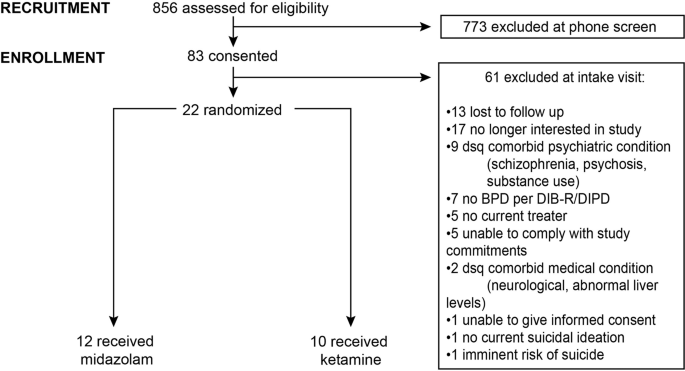
Infusions were well tolerated in both groups. Dissociative symptoms during infusion were more intense with ketamine than midazolam (t(12.3) = 3.61, p = 0.01), but they resolved by 40 min after infusion in both groups. Post-infusion adverse events were at the expected low levels in both groups.
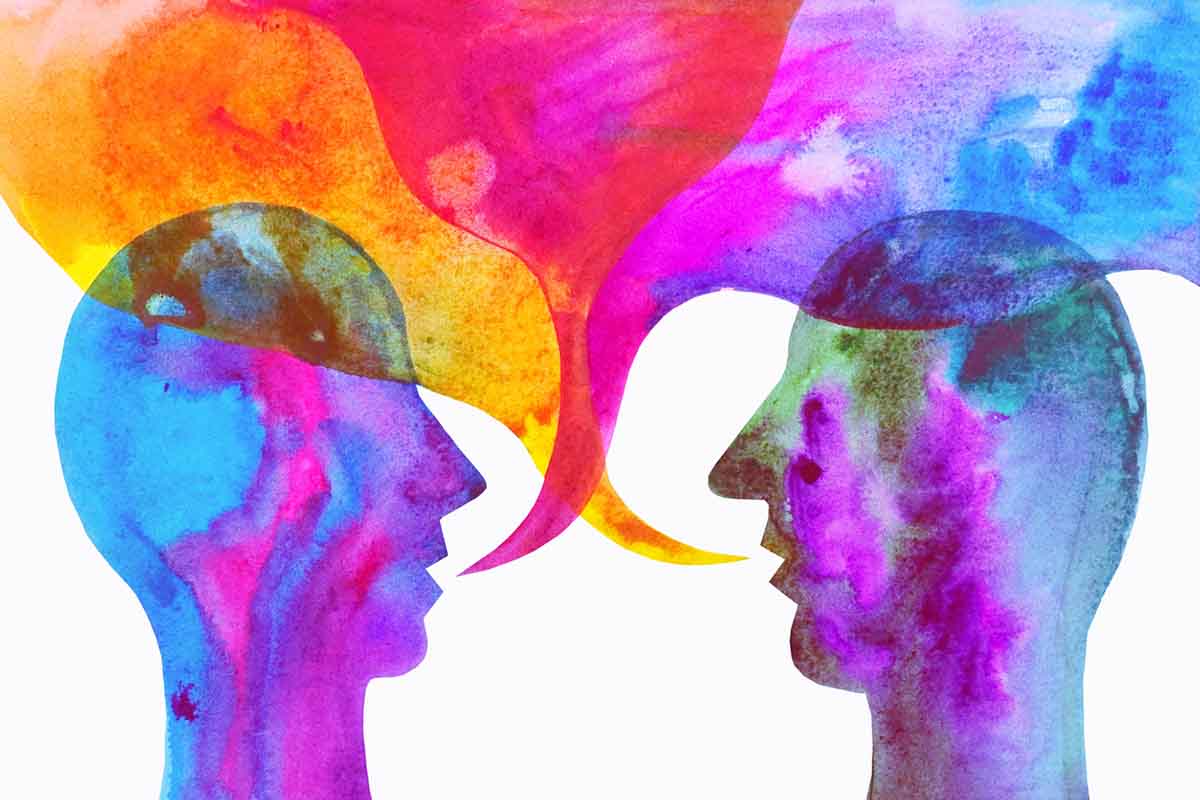
COMBINING KETAMINE AND PSYCHOTHERAPY FOR THE TREATMENT OF POSTTRAUMATIC STRESS DISORDER: A SYSTEMATIC REVIEW AND META-ANALYSIS (PHILIPP-MULLER, ET AL, 2023) Pharmacologically enhanced psychotherapy is one potential means of prolonging ketamine’s effects, with the class of psychedelic medications (in which ketamine is included) yielding encouraging results

TIAM1-MEDIATED SYNAPTIC PLASTICITY UNDERLIES COMORBID DEPRESSION–LIKE AND KETAMINE ANTIDEPRESSANT–LIKE ACTIONS IN CHRONIC PAIN (RU, ET AL, 2023) stress and chronic pain appear to drive alterations in Tiam1-Rac1 signaling and synapse connectivity and function that are rescued by ketamine treatment, but the manner of change and the brain regions/neural circuits involved may differ.

TOWARD SYNERGIES OF KETAMINE AND PSYCHOTHERAPY (MATHAI, ET AL, 2022) Finally, it is valuable to recognize the similarities between ketamine and classic (serotonergic) psychedelics such as psilocybin and lysergic acid diethylamide (LSD), which produce overlapping subjective phenomena in spite of diverging pharmacological mechanisms of action (Bowdle et al., 1998; Studerus et al., 2010). For classic psychedelics, it is well-established that a subset of psychoactive effects, often referred to as mystical-type effects and characterized by a sense of unity, predict greater therapeutic response across a variety of conditions such as depression, existential distress, and substance use disorders (Garcia-Romeu et al., 2014; Griffiths et al., 2016; Roseman et al., 2018). Interestingly, it has been hypothesized that the same mechanisms that drive the efficacy of these treatments may also be responsible for dose-dependent psychiatric risks, like that of psychosis (Haarsma et al., 2021). However, the relevant psychoactive effects of classic psychedelics appear to be optimized in careful experimental conditions that consider the benefit, safety, and tolerability of such (Johnson et al., 2008; dos Santos et al., 2018). While similar optimization has not been pursued for ketamine, increasing research suggests that mystical- and peak-type experiences, such as measured by the Hood Mysticism Scale (HMS) and 11D-ASC questionnaire, increase the likelihood of various therapeutic benefits (Dakwar et al., 2014, 2018; Mollaahmetoglu et al., 2021; Rothberg et al., 2021; Sumner et al., 2021).
KETAMINE’S ROLE IN SPIRITUALITY: HOW ONE SYNTHETIC DRUG CATALYZES A NATURAL EXPERIENCE (WOODS, 2021)
The psychedelic effects associated with ketamine encourages a detachment from these thoughts processes— bringing forth a sense of intense and often overwhelming spiritual vulnerability for the patient. Therefore, an individual’s perception of pain may be significantly altered by ketamine because he or she is not experiencing typical, waking-reality thought processes but is instead experiencing unfamiliar, subconscious levels of thought. That is to say, these spiritual experiences are ordinarily invisible to us and are inaccessible using our normal states of consciousness (Strassman 54). Consequently, these spiritual-in-nature, ketamine variables may alter the patients’ response to various pain experiences, thus affecting their recovery options (Dedeli).

KETAMINE CAN BE PRODUCED BY POCHONIA CHLAMYDOSPORIA: AN OLD MOLECULE AND A NEW ANTHELMINTIC? (FERREIRA, ET AL, 2020) "…we isolated and characterized molecules from the nematophagous fungus Pochonia chlamydosporia and tested these compounds on three nematodes: Caenorhabditis elegans; Ancylostoma ceylanicum; and Ascaris suum.”
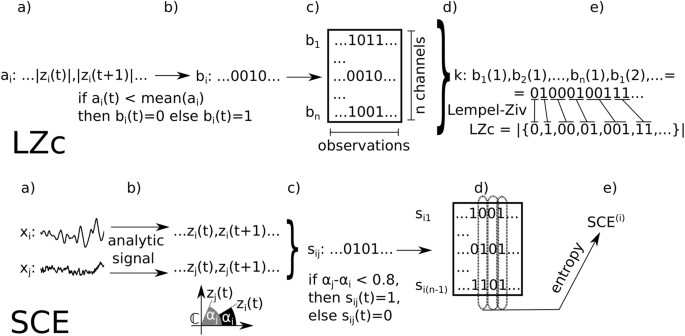
“…WE FOUND A CLEAR INCREASE IN SIGNAL DIVERSITY FOR ALL THREE PSYCHEDELIC AGENTS AT THE GROUP LEVEL, WITH EFFECTS BEING STRONGEST FOR KET. THESE INCREASES WENT BEYOND THOSE EXPECTED FROM THE CHANGES TO THE FREQUENCY SPECTRUM.”
NEURAL MECHANISMS AND PSYCHOLOGY OF PSYCHEDELIC EGO DISSOLUTION (STOLIKER ET AL, 2022)
Surmising that the experience of ego dissolution exists at the center of the psychedelic experience and that its neural mechanisms may be close to the roots of the subject-object dichotomy may explain why phenomenological encounters with this experience can be intimate and fundamentally change self-identification and interactions with the world. Continued investigation of the neural mechanisms of ego dissolution and the dichotomy of separation between the self and the world may advance scientific understanding of sentience. The value of psychedelics may then, under appropriate conditions, be their power to catalyze meaningful philosophical and scientific understanding of the “u” (i.e., self) in the universe.
The safety and efficacy of psychedelic-assisted therapies are currently under investigation. No psychedelic-assisted therapy has been approved by the FDA or other regulatory authorities; no therapy works for everyone; and all therapies, even in clinical settings, carry risks.
The FDA does not regulate the practice of psychotherapy.




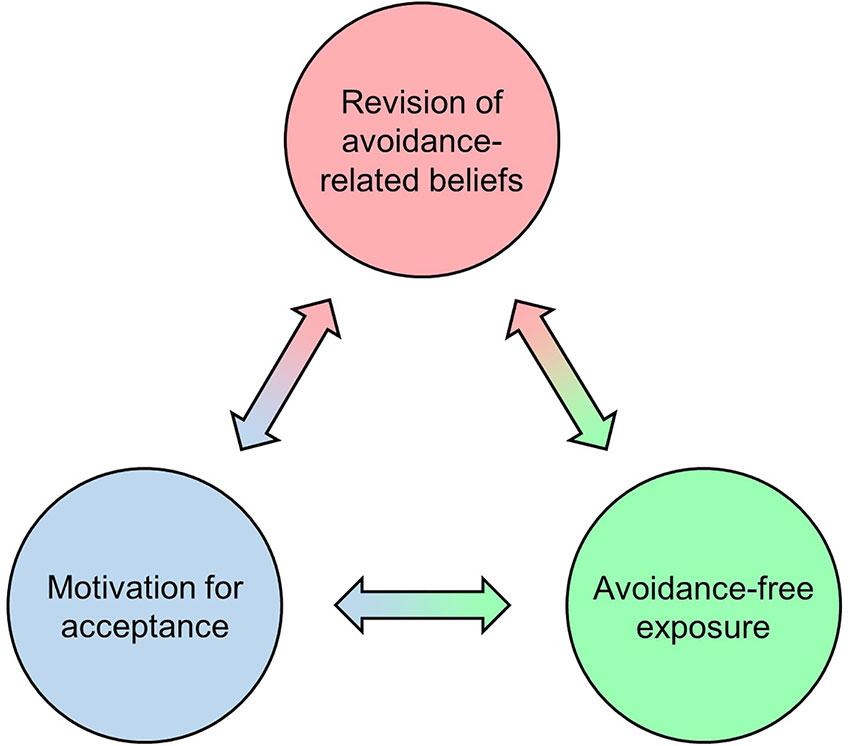
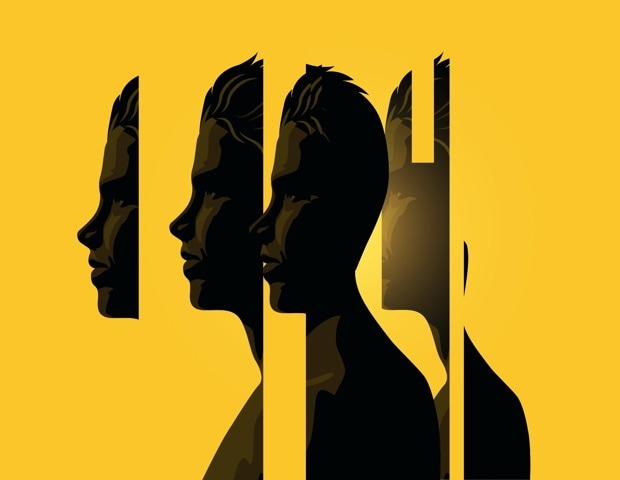
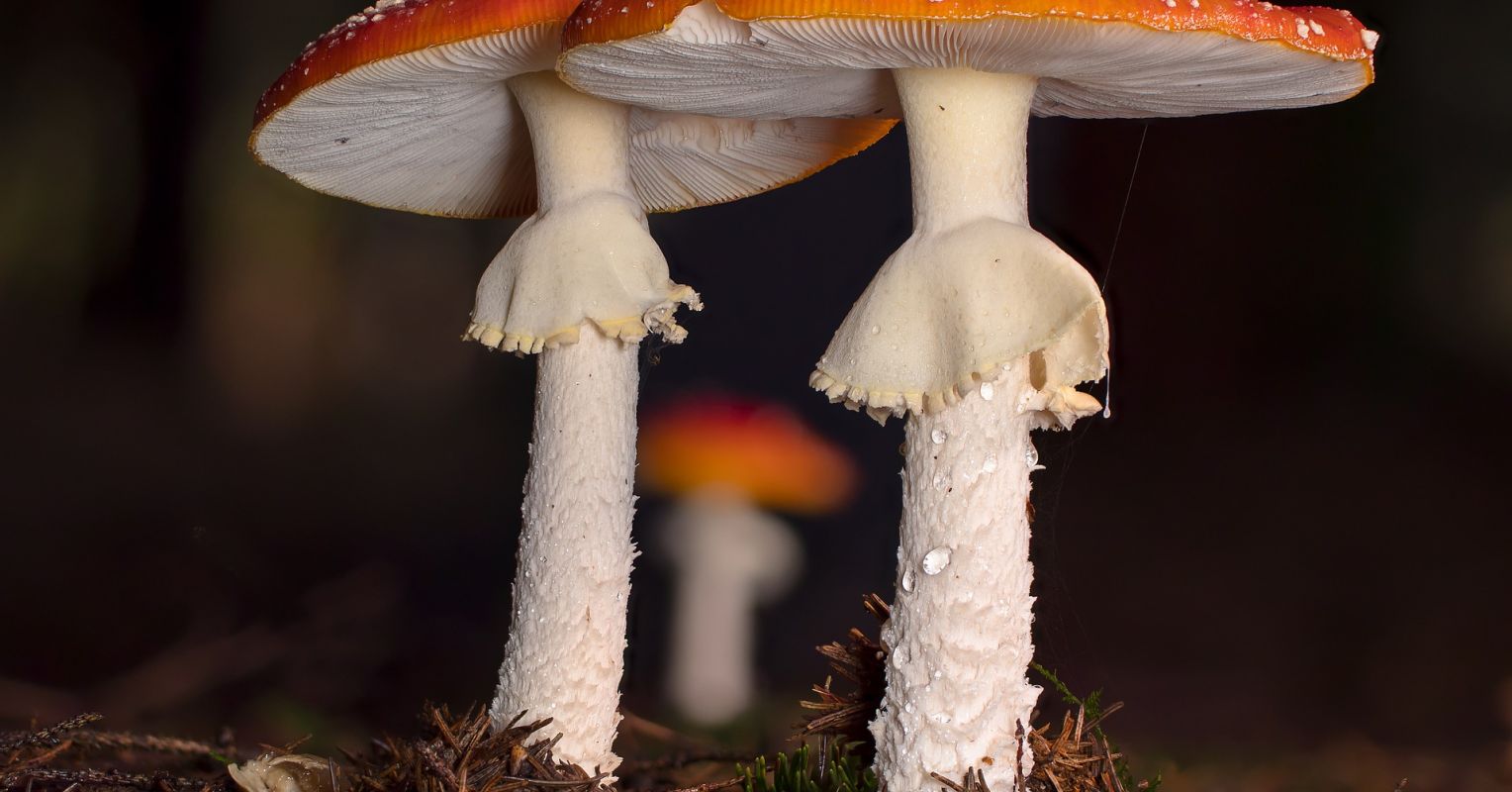


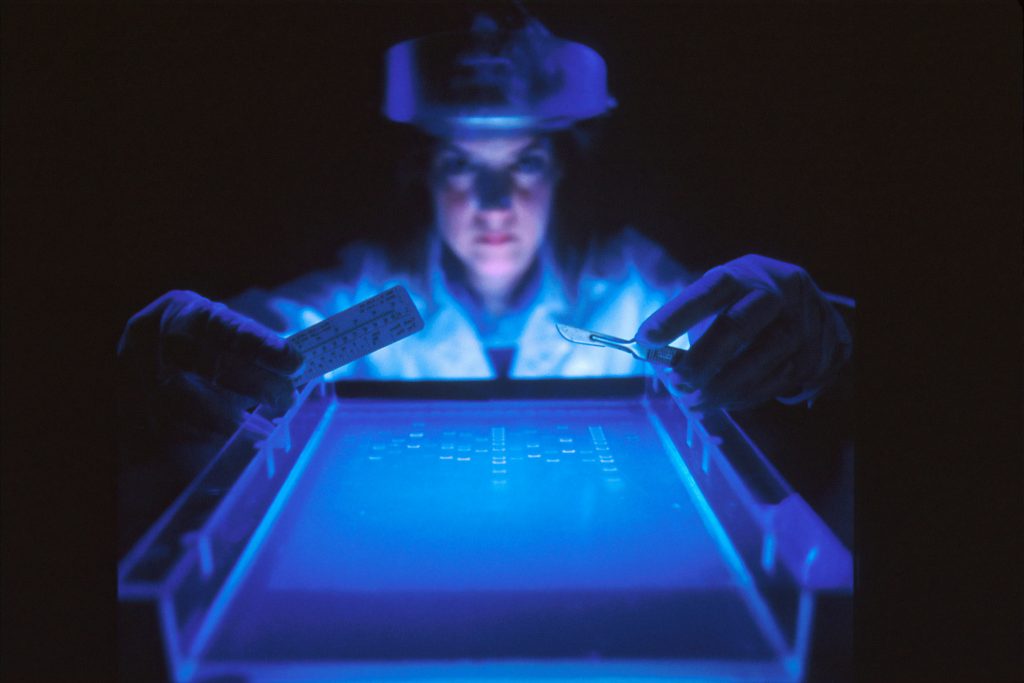


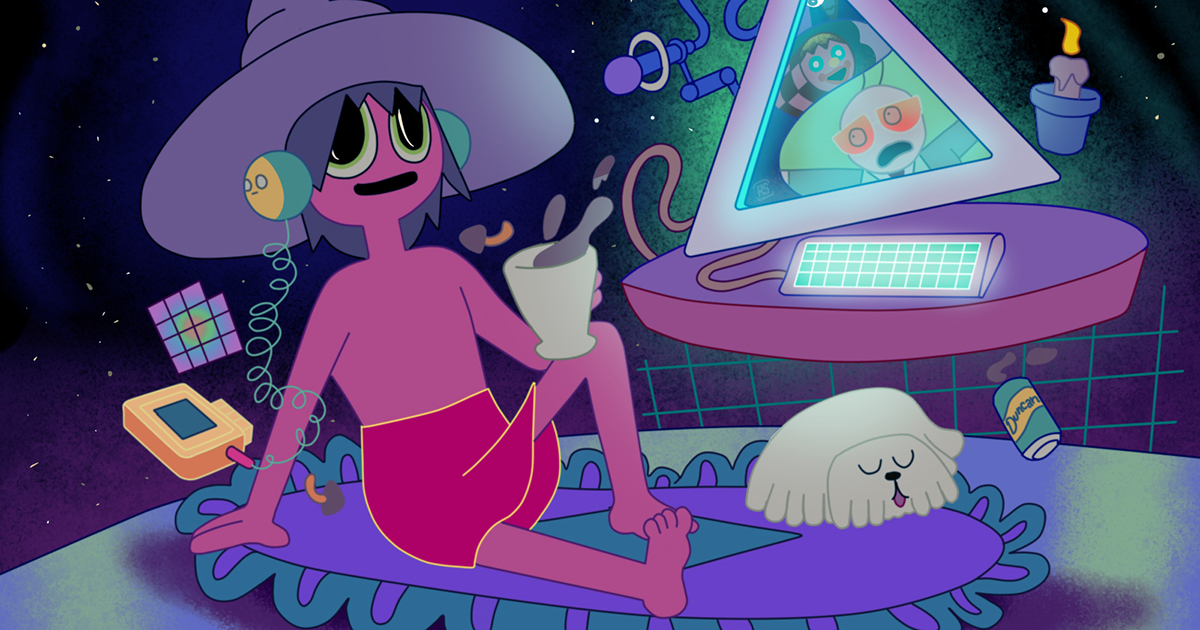
- A nuanced look at the life of María Sabina & the origins/Colonization of Psilocybin (Magic Mushrooms)



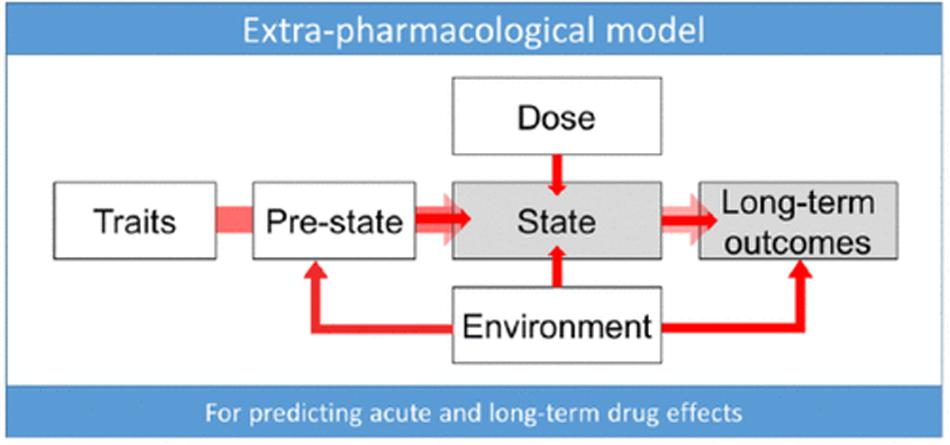
Unifying Theories of Psychedelic Drug Effects (Swanson, 2018)
THERAPEUTIC KETAMINE - LOWER ADDICTION POTENTIAL THAN PREVIOUSLY THOUGHT
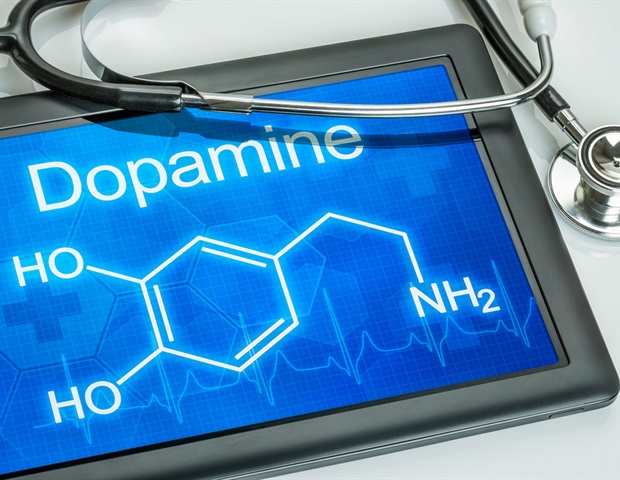

PERCENTAGE OF HEAVY DRINKING DAYS FOLLOWING PSILOCYBIN-ASSISTED PSYCHOTHERAPY VS PLACEBO IN THE TREATMENT OF ADULT PATIENTS WITH ALCOHOL USE DISORDER (BOGUNSCHUTZ, ET AL, 2022)
COMPARISON OF PSYCHEDELIC AND NEAR-DEATH OR OTHER NON-ORDINARY EXPERIENCES IN CHANGING ATTITUDES ABOUT DEATH AND DYING (SWEENEY, ET AL, 2022)
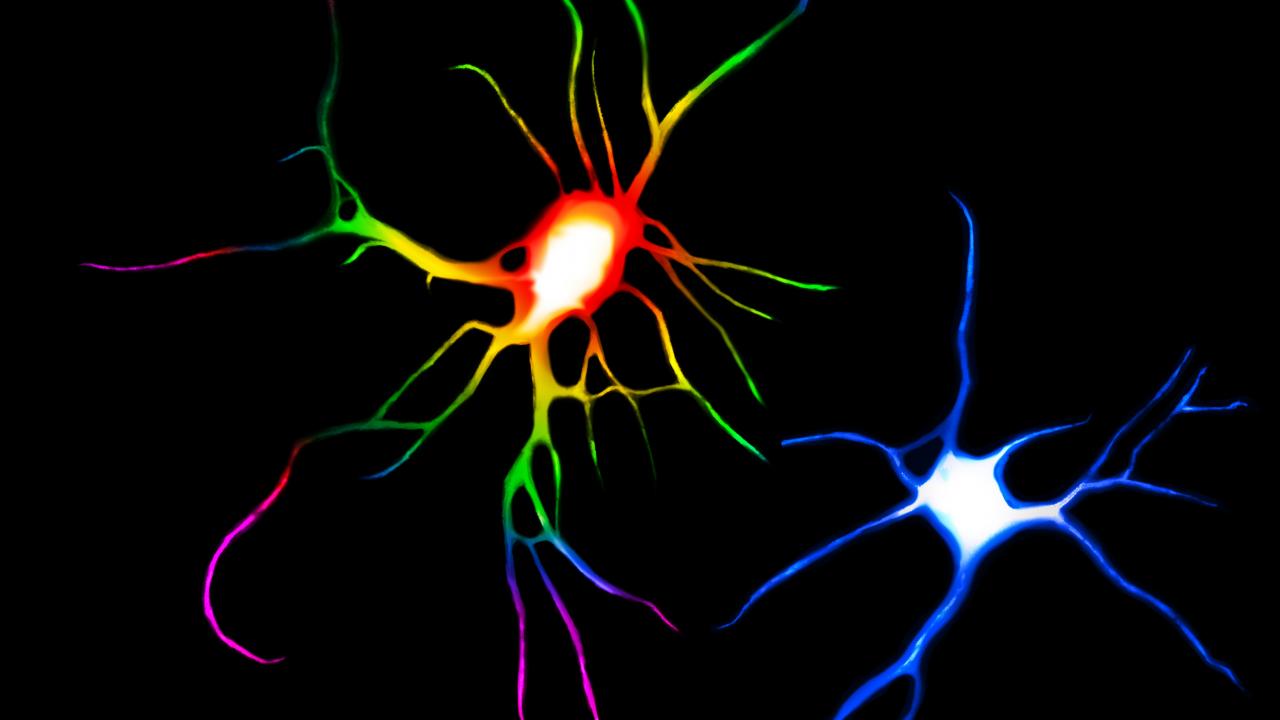

PSYCHEDELICS AND MENTAL HEALTH: WHAT DOES THE SCIENCE SAY? (FORBES, 2022)

KETAMINE, PSILOCYBIN AND ECSTASY ARE COMING TO THE MEDICINE CABINET (THE ECONOMIST, 2022)

WHITE MATTER ALTERATIONS IN CHRONIC MDMA USE: EVIDENCE FROM DIFFUSION TENSOR IMAGING AND NEUROFILAMENT LIGHT CHAIN BLOOD LEVELS (ZIMMERMAN, ET AL, 2022)

TOWARDS AN UNDERSTANDING OF PSYCHEDELIC-INDUCED NEUROPLASTICITY (CALDER, ET AL, 2022)

PSYCHEDELIC INTEGRATION: AN ANALYSIS OF THE CONCEPT AND ITS PRACTICE (BATHJE, ET AL, 2020)

PSYCHEDELIC-ASSISTED THERAPY AND PSYCHEDELIC SCIENCE: A REVIEW AND PERSPECTIVE ON OPPORTUNITIES IN NEUROSURGERY AND NEURO-ONCOLOGY (DANIEL, ET AL, 2023)

CLASSICAL AND NON-CLASSICAL PSYCHEDELIC DRUGS INDUCE COMMON NETWORK CHANGES IN HUMAN CORTEX (DAI, Et AL, 2023)
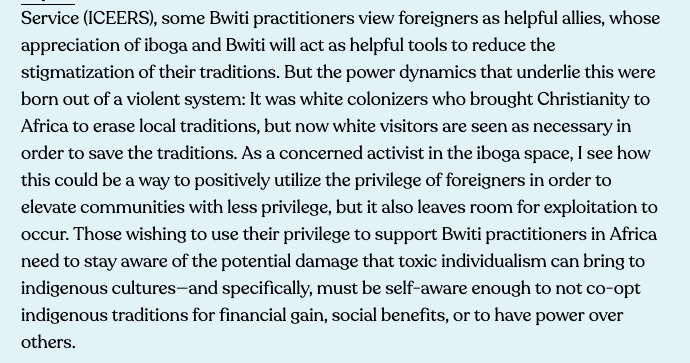
MULTI-MEDIA〰️
ONGOING RESEARCH
AMERICAN PSYCHOLOGICAL ASSOCIATION (APA) SAYS “RESEARCH CONFIRMS THE THERAPEUTIC POTENTIAL OF #MDMA #KETAMINE, AND #PSILOCYBIN TO HELP PEOPLE WITH TREATMENT-RESISTANT MENTAL HEALTH CONDITIONS” (2024)
“If we rely on antidepressants for treatment, it can take several weeks before people experience amelioration of symptoms, if at all,” said Nora Volkow, MD, director of the National Institute on Drug Abuse. “Psychedelics may offer the opportunity to get a very fast and lasting response, and with some conditions, this could be lifesaving.” The latest research findings are also uncovering the potential neurobiological mechanisms that might make it possible for these controlled substances to produce mental health benefits.”
AT-HOME KETAMINE ASSISTS PSYCHOTHERAPY IN-PERSON OR VIA TELEHEALTH
Licensed psychotherapists have offered telehealth before the pandemic. Some licensed psychotherapists specialize in psychedelic-assisted psychotherapy where we can sit with you in person in your home, in our office, or remotely via video conferencing. Out-of-clinic ketamine has been prescribed since before the pandemic, largely made by compounding pharmacies, for pain management and in psychiatry-- check out "Ketamine for Depression", (Snyder, 2015), and "The Ketamine Papers" (Wolfson, et al, 2016).
At-home ketamine from companies that are price-gouging for a 15 minute medical visit to get a prescription for a generic drug that's been used in millions of humans and animals since the 1960's in various settings-- and leaving you to it, is NOT the same as ketamine-assisted psychotherapy done in an office, at home, or any other setting standard in our field. This includes telehealth. If the person working with the client before during and after is with them physically in person, and something goes wrong, we are going to call 911, the same as we would if they were in an office. Additionally, some telehealth clinicians require an adult sober-sitter on premises with the client, to physically check on a client if something seems out-of-the-ordinary. That is in addition to the mental health specialist being remotely available the entire time the client is under the acute effects of the medicine.
Ketamine is legally available throughout North America and has demonstrated remarkable efficacy in treating anxiety and depression. The presentation will highlight how ketamine therapy, whether in a clinical setting or through at-home administration, offers relief and restores hope to patients. We will cover the benefits provided by in-clinic sessions, as well as the empowerment clients experience with at-home ketamine therapy when supported by trained professionals.
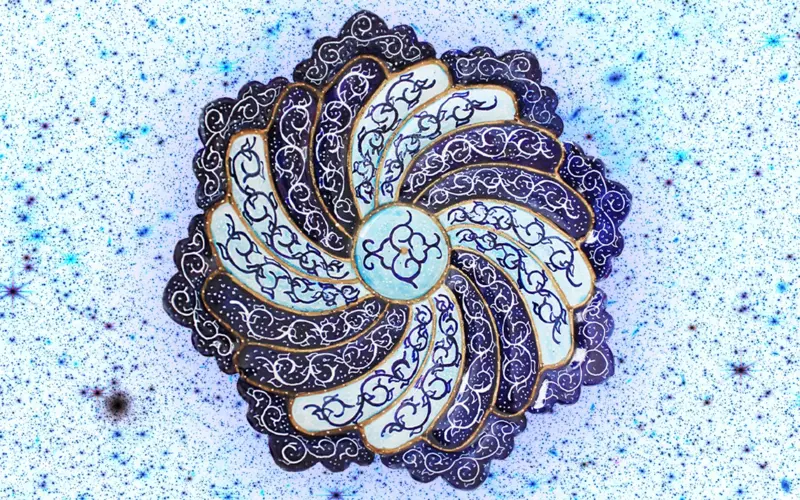
IAI.TV : THE REALITY OF THE MYSTICAL EXPERIENCE As is well documented, during the mystical experience, the subject-object distinction breaks down. The idea that ‘I am in here’ and ‘the world is out here’ disappears. For my consciousness of the world takes up the very same space as that which I call my mind. There is, in perception, no ‘inside’ the mind and ‘outside’ to the world. Look around you. All you can see is the outside! All you see is the room, and the window, and the sky. You do not see the interior of your mind – unless the world itself makes up that interior. Douglas Harding’s book ‘On Having No Head’, explains this idea very simply and allows for the clearest perception of the non-duality of the mystical experience. But Heidegger’s ‘being-in-the-world’ and Sartre’s ‘being and nothingness’ approach the same idea. And yet, while the mystical experience allows us to come to this truth that there really is no subject-object distinction, no ‘me vs the world’, this truth still holds for everyday reality too.
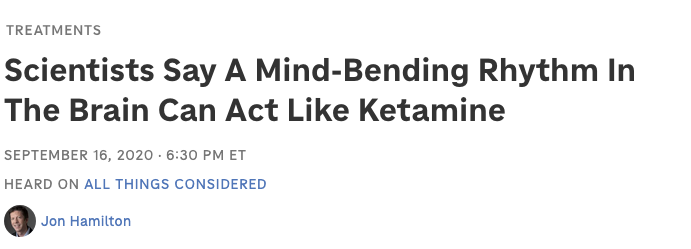
CHACRUNA PUBLISHES ARTICLE CHALLENGING DEA AYAHUASCA REPORT
Health professionals need to recognize the historical and cultural values of these plant medicines for Indigenous and traditional populations. These groups have been using ayahuasca and other plant medicines for centuries as part of their traditional healing systems. It is important to understand that we are dealing with traditions that do not abide by the concepts of Western healing, and that have their own logic and value. These practices must be recognized on their own terms. It is not a matter of opposing traditional healing systems and Western medicine, but of recognizing the uniqueness and importance of the former. In fact, it is widely known that in order to develop research and policy on ayahuasca it is crucial to consider the gathered knowledge and the experience of the groups that have been taking ayahuasca for centuries – Bia Labate, PhD, Executive Director, Chacruna Institute
NATURAL HISTORY MUSEUM-- BEYOND GENDER: INDIGENOUS PERSPECTIVES- A LIMITED SERIES ON SOME OF THE WORLD'S THIRD GENDER INDIGENOUS PEOPLEApr 13, 2023gender affirming therapist, gender-affirming therapy, gender around the world, gender is a construct
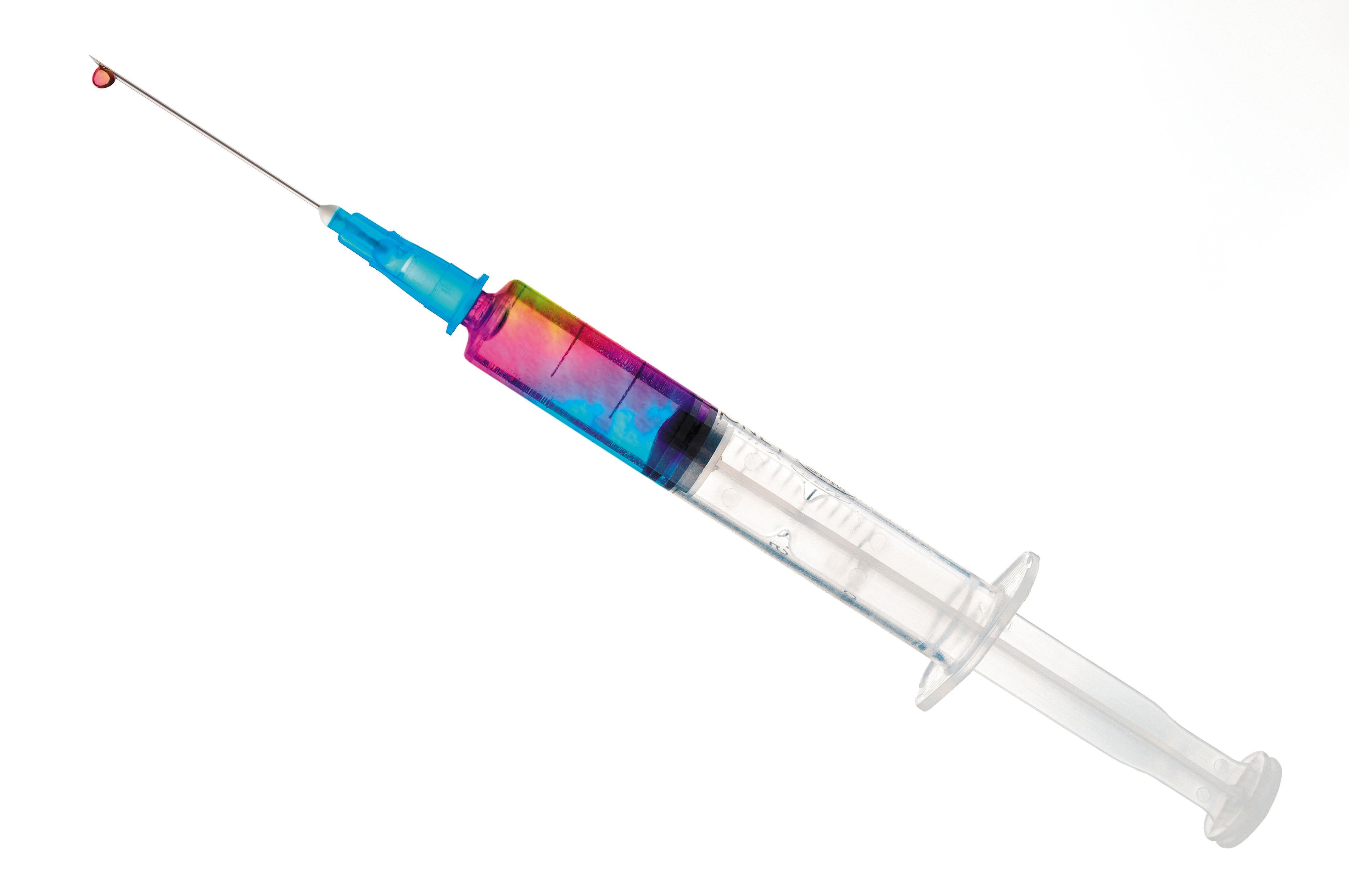
KETAMINE PSYCHEDELIC EXPERIENCE RELATED TO OUTCOME OF TREATMENT (PSYCHIATRIC TIMES, 2018) A cautious approach also seems imperative given evidence that ketamine demonstrates agonist activity at μ-opioid receptors and dopaminergic effects that may confer acute relief of depressive symptoms but also greater risk for positive drug reinforcement and dependence. With further insight into psychological responses mediated by ketamine, it may be that a therapy-based framework for ketamine administration optimizes treatment efficacy and sustainability, while also minimizing unnecessary drug exposure, adverse effects of chronic use, and dependency risk.
